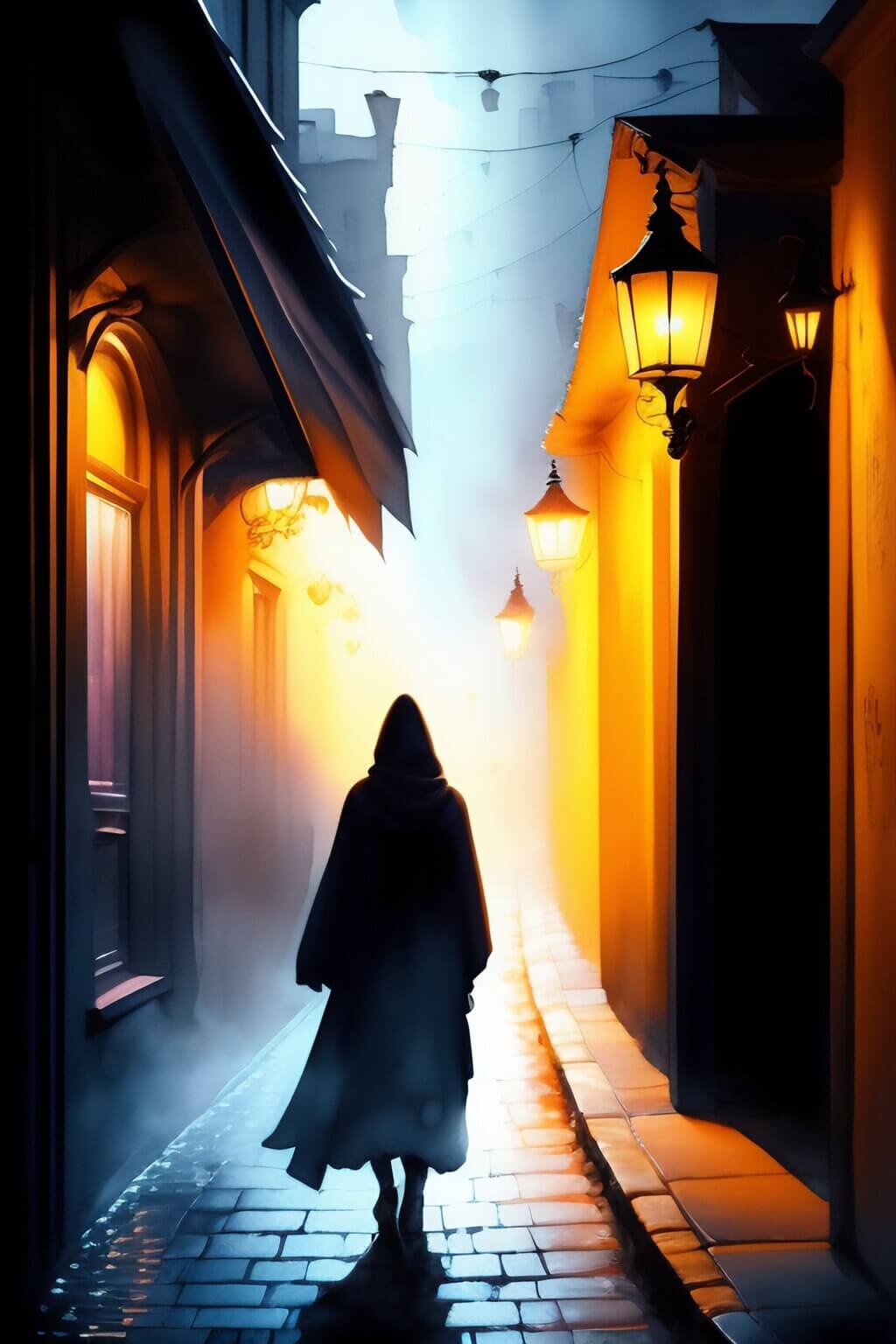Dracula, written by Bram Stoker in 1897, is a horror novel that has become a classic in literature and popular culture.
The story follows the vampire Count Dracula as he moves from Transylvania to England in search of new blood and the efforts of a small group of people to stop him.
The novel explores themes of good versus evil, the power of desire, and the concept of death. With its gothic setting and memorable characters, Dracula has become an iconic work in the horror genre, influencing countless adaptations, spin-offs, and cultural references.
The book’s impact on Halloween traditions and cooking is also significant, from vampire costumes and decorations to Halloween-themed food and drinks.
The setting, characters, and writing style
Throughout the novel, Stoker uses setting and atmosphere to create the reader’s sense of unease, danger, and fear. The gothic setting, with its dark and mysterious Transylvania and gloomy and foggy England, adds to the novel’s eerie atmosphere and makes it a true classic in the horror genre.
The characters in Dracula are well-developed, with distinct personalities and motivations that drive the story forward. They are all integral to the novel’s central conflict and provide the reader with a sense of the danger and unease that surround the vampire. The characters in the book are memorable, and the iconic figure of Count Dracula is one of the most well-known characters in literature.
Bram Stoker’s writing style in Dracula is characterized by its use of descriptive language, multiple narrative styles, imagery, foreshadowing, and symbolism. It creates a sense of atmosphere and tension that keeps the reader engaged, and it’s an essential element of the novel’s success as a horror classic.
Impact on popular culture
One of the most significant ways Bram Stoker’s novel Dracula has impacted popular culture is through its portrayal of the vampire as a seductive and dangerous figure. The vampire in Stoker’s book is not the traditional, bloodsucking monster of folklore; but a charismatic and alluring figure who preys on vulnerable women. This portrayal of the vampire has become the standard in vampire fiction and has been used in countless vampire novels, films, and TV shows.
The first film adaptation of Dracula was made in 1922, and since then, there have been over 200 film and television adaptations of the novel, making it one of the most adapted works of fiction in history.
Popular film adaptations of Bram Stoker’s novel Dracula include:
- Nosferatu (1922), directed by F.W. Murnau
- Dracula (1931) by Tod Browning
- Horror of Dracula (1958) by Terence Fisher
- Bram Stoker’s Dracula (1992) by Francis Ford Coppola
- Hotel Transylvania (2012) by Genndy Tartakovsky
Each adaptation has a unique interpretation of the novel and its characters, making them popular among audiences.
Impact on Halloween traditions
Dracula has also had a significant impact on Halloween traditions. The image of the vampire is a popular Halloween costume and inspires many vampire-themed decorations and parties.
The novel’s depiction of blood and the vampire’s need for it has inspired many Halloween-themed food items such as red velvet cupcakes, red punch, and other colored red items to resemble blood. Additionally, many Halloween parties now serve “bloody” cocktails garnished with fake blood or red food coloring to give it a gruesome appearance.
The novel’s setting in Transylvania, Romania, has also influenced Halloween-themed food. Many dishes mentioned in the book or film adaptations, such as paprika hendl, a chicken dish, and goulash, a heavy stew with meat, have become popular Halloween-themed foods.
The story’s gothic atmosphere has also inspired Halloween-themed desserts, such as black cupcakes with red frosting or bat-shaped cookies, to add to the eerie atmosphere of the celebration.
Experience the classic novel by reading or listening to Bram Stoker’s Dracula. Even if you think you know the story, the suspenseful and surprisingly modern narrative will keep you on the edge of your seat.
Recipes from Dracula
-
Robber Steak – Räubersteak
Bram Stoker, Dracula I dined on what they called ‘robber steak’—bits of bacon, onion, and beef, seasoned with red pepper, and strung on sticks, and roasted over the fire, in simple style of the London cat’s…
-
Maize Flour Porridge – mamaliga
Bram Stoker, Dracula I had for breakfast more paprika, and a sort of porridge of maize flour which they said was ‘mamaliga’, and eggplant stuffed with forcemeat, a very excellent dish, which they call ‘impletata”. (Mem.,…
-
Dracula by Bram Stoker
Dracula, written by Bram Stoker in 1897, is a horror novel that has become a classic in literature and popular culture. The story follows the vampire Count Dracula as he moves from Transylvania to England in…
-
Eggplant Impletata
Bram Stoker, Dracula I had for breakfast more paprika, and a sort of porridge of maize flour which they said was ‘mamaliga’, and eggplant stuffed with forcemeat, a very excellent dish, which they call ‘impletata”. (Mem.,…
-
Paprika Hendl
Bram Stoker, Dracula I had for dinner, or rather supper, a chicken done up some way with red pepper, which was very good but thirsty. (Mem. get recipe for Mina.) I asked the waiter, and he…

